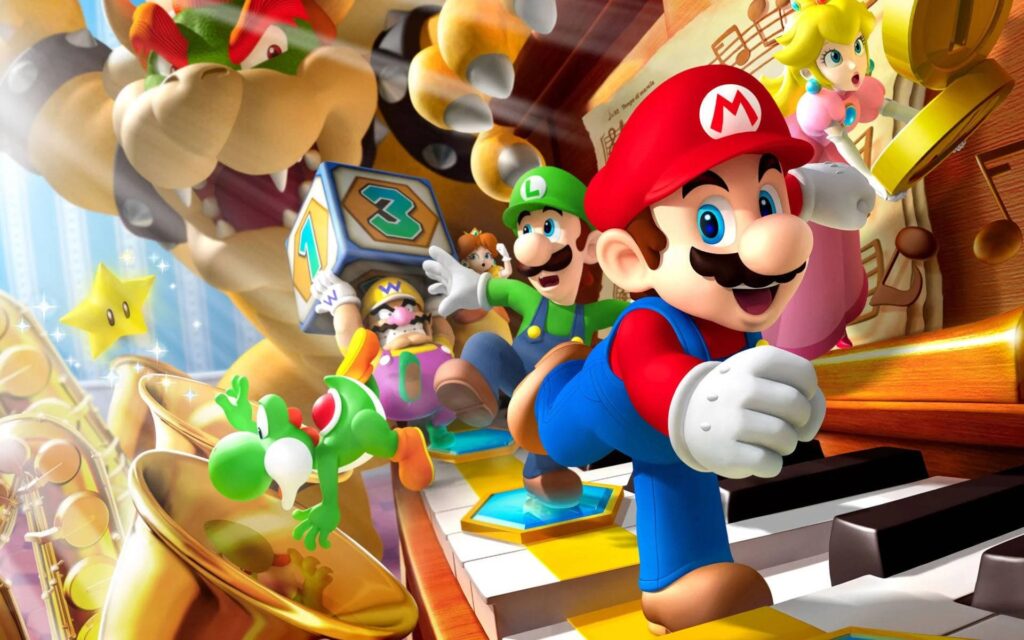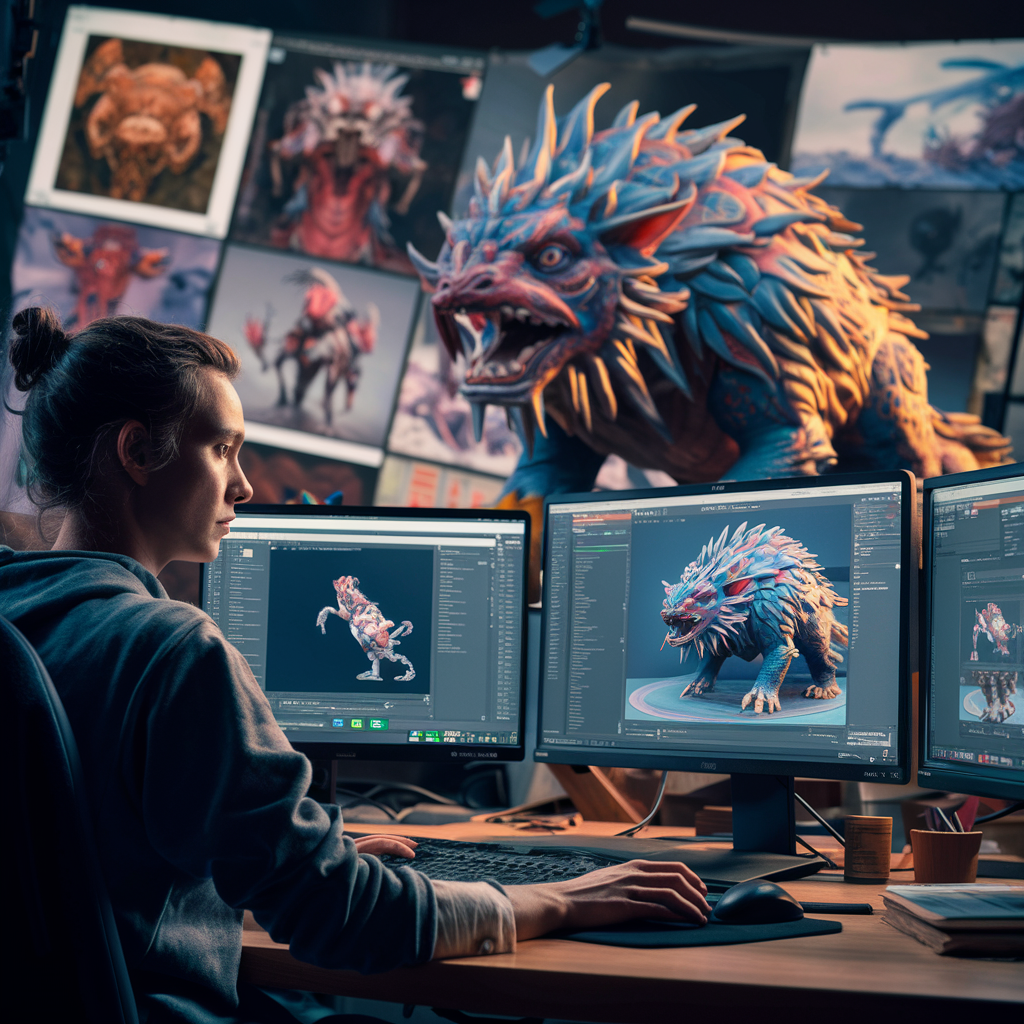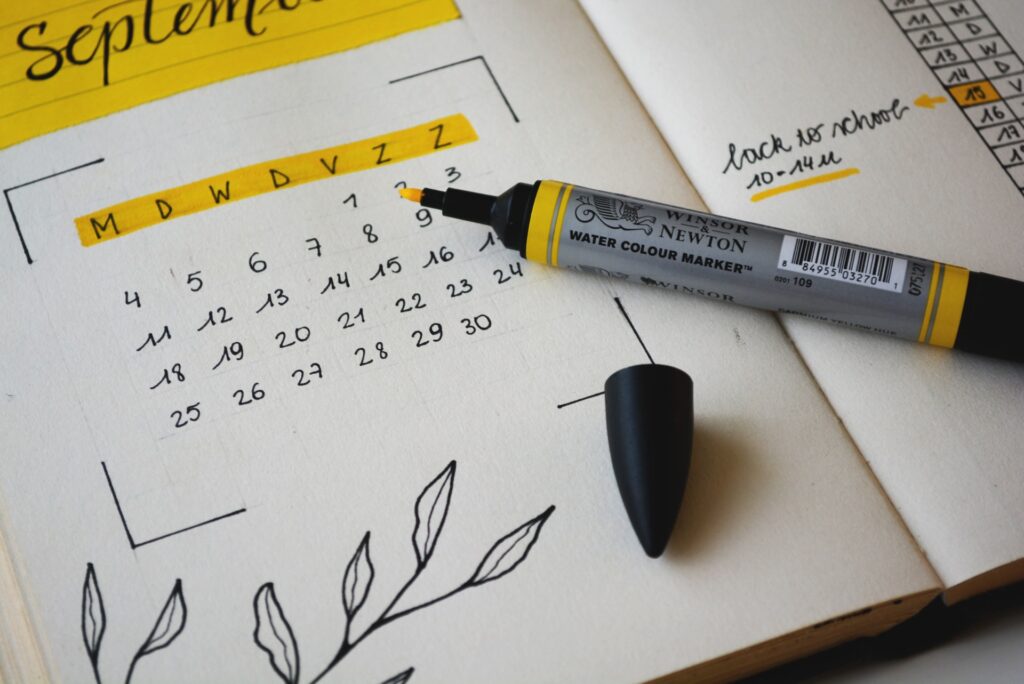Characters are the heart and soul of any great game. They’re the heroes, villains, and sidekicks that drive the story and make players feel invested. Just think about it: would Sonic the Hedgehog, Super Mario, God of War, or Tomb Raider be nearly as iconic without their unforgettable main characters?
Probably not. Memorable characters can make a game way more than just a fun pastime – they can turn it into a cultural phenomenon that sticks with people for years.
But creating awesome characters ain’t cheap – character design costs can range anywhere from a measly $100 for a basic design to a jaw-dropping $50,000 or beyond for the real fancy stuff. That’s quite a huge gap, right?
Well, in this article, we’ll break down the key factors that determine character design costs and a rough explanation of their creation process, so you can understand what you’re paying for and why some characters demand a much bigger investment than others.
What goes into character design costs?
For starters, providing a definitive, one-size-fits-all estimate for character design costs is a challenge due to the multitude of variables at play.
The costs can range from a reasonable $100-200 for basic 2D characters with minimal animation requirements to a substantial investment exceeding $50,000 for highly detailed, photorealistic 3D characters with extensive rigging, animations, and customization options.
However, on average, ballpark values for realistic 3D models hover around $6,000, whereas cartoon or stylized 3D characters can be commissioned for around $4,000. On the other hand, photorealistic 2D characters can go for around $1,000, or around $700 if you’re looking for stylized ones.

The stark contrast between the costs of basic 2D and high-quality 3D character design can be linked to the difference between a series of sketches and a meticulously crafted CGI masterpiece.
While one might be a relatively straightforward endeavor, the other demands a complicated labor of artistic and technical prowess, more often than not taking at least 3 times as long and multiple professionals across all of its processes.
This significant price gap results from the complexity of the design process and the resources required to bring them to life. To fully grasp the rationale behind these potentially exorbitant costs, it’s essential to explore those processes in greater detail, so let’s do it!
2D character design: what’s the process like?
2D character design is a staple in retro-inspired games, side-scrollers (like 2D platformers), and pixel art titles. While these characters may appear simplistic at first glance, their creation is usually a meticulous process that requires considerable artistic skill and attention to detail.
The journey begins with conceptual sketches and design iterations, allowing artists to explore various visual directions and refine the character’s look. Once the concept is finalized, the digital realization phase commences.

In this stage, artists draw and color each animation frame, expression, and pose. This frame-by-frame approach is a labor-intensive endeavor that requires patience and precision to breathe life into the character’s movements and personality.
Animation requirements play a significant role in determining costs for 2D characters. Static characters with limited movement will be much more economical compared to those with extensive animation sets for actions like walking, jumping, attacking, or performing complicated maneuvers.
The overall artistic style and level of detail also influence the cost. A minimalist, cartoony aesthetic will be more budget-friendly, while a hyper-realistic, highly detailed approach will require a higher investment.
What about 3D character design?
3D character design is the foundation of most modern games, offering an unparalleled level of immersion and realism. However, creating these digital avatars is a complex undertaking that combines artistic talent with technical expertise.
Once more, the process begins with concept artwork and rough drafts. Once the design is finalized, the artists fiddle with modeling, shaping, and manipulating three-dimensional polygons within specialized software (like Blender or Maya) to construct the character’s base form. This initial step lays the foundation for subsequent phases.

For some characters, like those with massive polygon counts, they must also undergo sculpting, a process in which the digital object can be manipulated like real-life clay. This is especially great for organic designs, like rocks, freeform structures, and skin imperfections, as rough details are added to make 3D models feel more natural.
Then comes rigging, the process of adding a virtual skeleton and control system, which is crucial for enabling realistic movement and animation. Improper rigging can result in unnatural, stiff motions that detract from the overall experience.
Once the rig is in place, the character is brought to life through texturing and material creation. This phase involves applying details, clothing, and surface effects to imbue the character with depth and realism, adding a touch of it in case the sculpting is forgone.
Phew, that’s a lot. No wonder why creating 3D characters usually takes 3 times as much time as 2D characters.
Additional elements, such as clothing and accessory options, facial rigging for lip-syncing, and specialized animation rigs for features like hairstyles or capes, can significantly increase the cost and complexity of the project.
The polygon count and overall level of detail are major cost drivers for 3D character design; as you can imagine, a higher polygon count allows for smoother shapes and finer details but it also requires more intensive work from the artist, thereby translating to increased costs.
General pricing factors for character design
Beyond the specific elements of 2D and 3D character design, several general pricing factors influence the overall cost, regardless of the chosen dimension.
As mentioned multiple times so far, character complexity is one of the main factors driving game character design costs up or down, but there are many more. Quality and experience can also dramatically affect their prices. Highly skilled artists with years of expertise in character design will command higher rates, as their mastery allows them to create truly exceptional characters. Opting for less experienced artists may compromise quality, but will result in cost savings.
Usage rights may also incur additional rates. Characters intended for commercial use, such as in games slated for sale, will typically cost more than those created for personal or non-profit purposes.
Turnaround time and the number of revisions also factor into the overall cost. Expedited timelines may incur rush fees, while extensive revisions and tweaks throughout the design process can add to the final expenses – they might require a lot of time after all!

We can’t forget how geographic location can affect the costs associated with this service as well. Artists based in major metropolitan areas or regions with a higher cost of living tend to charge more than those in more affordable locations.
This principle also applies to artists living in different countries – in Eastern European countries, for instance, you could find artists willing to work for $15 an hour, but most American artists probably wouldn’t take a gig for less than $35 an hour.
Keep in mind that, in such cases, you must also account for timezone differences and potential communication issues, which might make collaboration harder.
Finally, some other factors can also influence the overall character design cost, like the desired level of exclusivity, the artist’s reputation/portfolio if you’re working with freelancers, and the overall scope of the project.
So – how much does character design cost?
As you’ve seen, it can vary wildly depending on all the factors we explored throughout the article. Once more, on average, 3D characters will set you back around $5,000, while 2D characters usually won’t cost more than a thousand bucks.
In any case, never forget that a well-designed character is an investment in your game’s success – memorable characters can draw players in and keep them engaged for hours on end.
Ready to bring your characters to life?
At Main Leaf, we have a team of experienced character designers who can create stunning characters that fit your vision and budget. We’ll work with you to develop concepts, refine details, and bring your characters to life.
We’re also a fully-fledged game development company with over a decade of experience in creating games from scratch, so we’re experts in all things game development.
Contact us today for a quick consultation and let’s discuss how we can help you create characters or games that your players will love!

